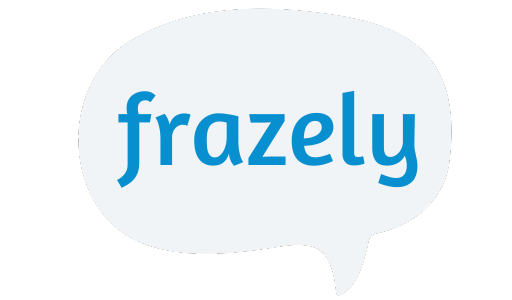Learning a new language is exciting! It helps you talk to new people, travel with confidence, and learn about different cultures. But sometimes, traditional language classes can make it harder to learn instead of easier. Let’s talk about why these classes don’t always work and how you can learn a language in better ways.
What Are Traditional Language Classes?
Traditional language classes are the ones you find in schools or language centers. You sit in a classroom, listen to a teacher, and do exercises in a textbook. Usually, there’s a lot of focus on grammar, spelling, and vocabulary lists. While this might seem helpful, it’s often not enough to make you fluent.
Why Don’t Traditional Classes Work?
- Not Enough Real-Life Practice
In the classroom, you might memorize words or phrases, but they don’t always match how people talk in real life. For example, nobody says, “The cat is on the table” during a normal conversation. Without practice in real situations, it’s hard to use what you learn. - Learning Is Too Slow
Traditional classes often move slowly because the teacher has to help everyone in the group. If you already understand something, you still have to wait for others to catch up. If you’re struggling, the class might move too fast for you. This makes learning feel boring or frustrating. - Not Fun or Engaging
Textbooks and grammar exercises can feel boring. When learning isn’t fun, it’s harder to stay motivated. Language learning should be exciting, not something you dread. - One Size Does Not Fit All
Everyone learns differently. Some people like listening to songs, others prefer watching movies, and some need hands-on activities. Traditional classes often teach in one way that doesn’t work for everyone.
What Works Better Than Traditional Classes?
If traditional classes don’t work for you, don’t worry! There are better ways to learn a language. Here are some ideas to help you:
- Immerse Yourself in the Language
Surround yourself with the language as much as possible. Watch movies, listen to podcasts, and read books in the language you want to learn. Even if you don’t understand everything, it helps you get used to how the language sounds. - Use Language Learning Apps
Apps make learning fun and interactive. They let you practice vocabulary, grammar, and pronunciation in short lessons. - Learn What You Actually Need
Focus on the words and phrases you’ll use the most. If you’re traveling, learn how to ask for directions, order food, or greet people. Don’t waste time on vocabulary you’ll never use. - Make It Fun
Find ways to make learning enjoyable. Sing songs, play language games, or watch funny videos in the language. The more fun you have, the easier it will be to stick with it. - Be Consistent
Learning a language takes time. It’s better to practice for 15 minutes every day than to study for two hours once a week. Small, regular practice adds up quickly. - Don’t Be Afraid of Mistakes
Nobody speaks perfectly when they’re learning. It’s okay to make mistakes—that’s how you improve. The more you try, the better you’ll get. - Find a Study Partner
Learning with someone else can be motivating. You can practice together, share tips, and keep each other on track.
Why These Methods Work Better
These methods focus on real-life use, not just grammar and rules. They help you feel comfortable speaking and understanding the language, which is the most important part of learning. Plus, they’re fun and flexible, so you can learn in a way that works best for you.
Final Thoughts
Learning a language doesn’t have to be boring or frustrating. While traditional classes may not be the best fit for everyone, there are plenty of other ways to learn. Try speaking with real people, using apps, and immersing yourself in the language. Remember, it takes time and effort, but if you make it fun and stay consistent, you’ll succeed. Start today, and soon you’ll be speaking like a pro!
